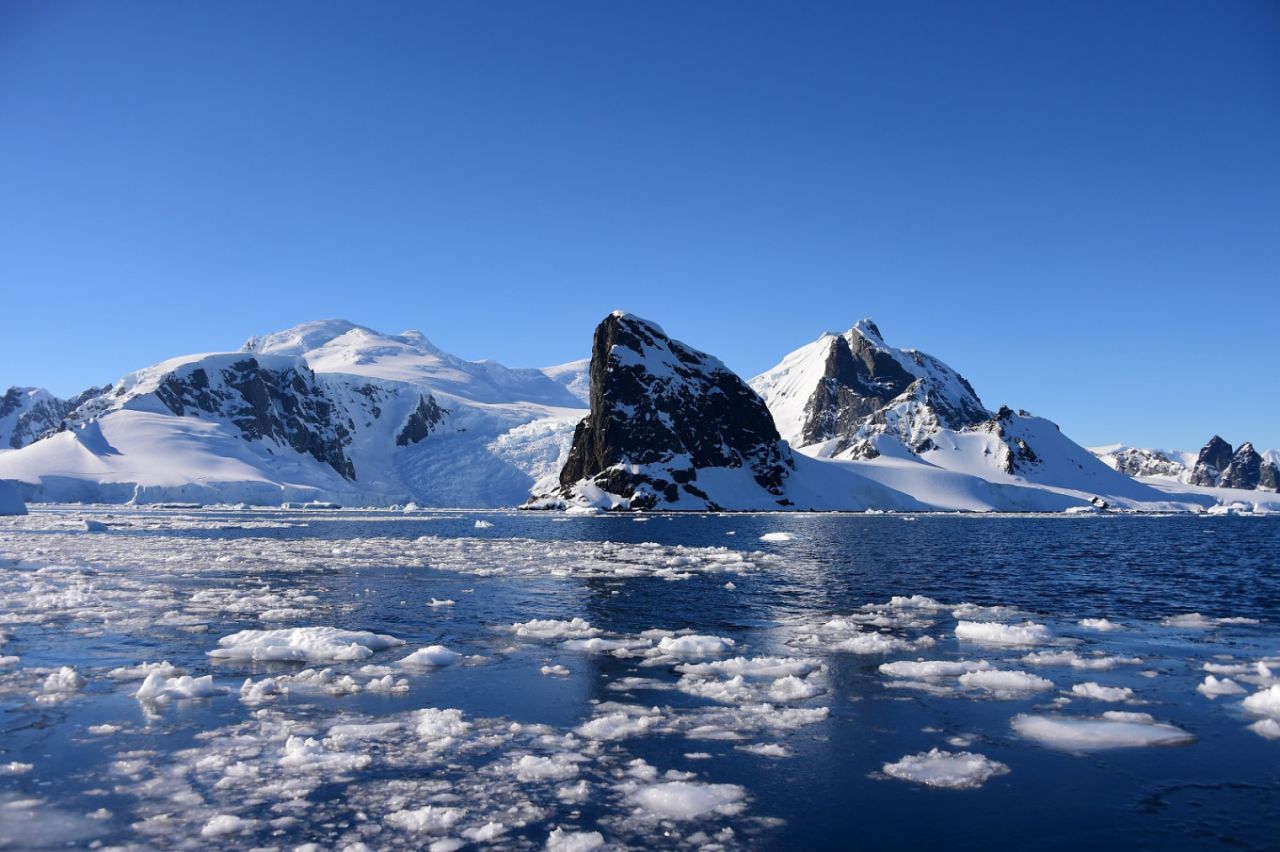Antarctica Melting Under Heatwave as Temperature Rises 10 Degrees Celsius Higher Than Normal
Earth’s coldest place isn’t cold anymore as changing climate wreaks havoc on the frozen continent
An alarming heatwave has wreaked havoc on Antarctica, the southernmost continent in what should be the coldest time in the region. However, the heatwave amid a 10-degree Celsius temperature rise above the normal over the past month has scientists dreading the upcoming disasters. The ground temperatures across the frozen continent have soared, leading to a fear of massive sea level rise in the near future.
This is the second major heatwave to afflict the region in the past two years. The warm spell is expected to prolong for another handful of days. This is an ominous glimpse of the major temperature spikes the polar climate could experience more frequently amidst global warming.
The planet has witnessed 12 months of record warmth, with temperatures consistently exceeding 1.5 degrees Celsius above the preindustrial levels, the far-fetched goal to limit the temperatures to avoid the tipping point. Not only has the world failed to prevent the worst of climate breakdown, but the impact of anthropogenic activities is echoing in the farthest corners of the world.
Climate scientists have long feared that the most significant effects of human-induced climate change would be on polar regions and the recent events are the perfect example of that. Michael Dukes, the director of forecasting at MetDesk, said that even though daily high temperatures were alarming, the average rise over the span of a month is far more concerning.

Image: MetDesk
According to the latest data, high temperatures in portions of East Antarctica – which are usually between minus 58 and minus 76 degrees Fahrenheit – are now closer to minus 13 to minus 22 degrees Fahrenheit. Even though the continent’s temperature remains below freezing, it is experiencing summerlike heat in the dead of the winter.
“Usually you can’t just look at one month for a climate trend but it is right in line with what models predict. In Antarctica generally, that kind of warming in the winter and continuing into summer months can lead to collapsing of the ice sheets,” Dukes added.
According to Zeke Hausfather, a research scientist at Berkeley Earth, Antarctica’s heatwave had “definitely been one of the bigger drivers in the spike of global temperatures in recent weeks…Antarctica as a whole has warmed along with the world over the past 50 years, and for that matter 150 years, so any heatwave is starting from that elevated baseline. But it’s safe to say that the majority of the spike in the last month was driven by the heatwave.”
In 2022, the rising temperatures in the region led to a portion of the ice sheet the size of Rome to collapse. The high temperatures in July 2024 are a consequence of the strong El Niño, the climate phenomenon leading to warming around the globe. Scientists estimate the cause of the heatwave was a weakened polar vortex, a band of cold air and low pressure that circles the stratosphere around each pole.

Image: AFP/Johan Ordonez
Jamin Greenbaum, a geophysicist at the University of California San Diego’s Scripps Institution of Oceanography, said, “The majority of my field expeditions have been to East Antarctica where I have seen increasing melt through the year. Although I’m of course alarmed to see these reports of the weakened polar vortex causing the tremendous heatwave there, I’m also not surprised considering this is sadly an expected outcome of climate change.”
The heatwave in Antarctica is an eye-opening sign of how climate change is altering the planet. The future health of the continent and the planet remains in peril as the temperatures are steadily expected to rise over the coming years and affect millions of people across the globe. How the future circumstances unfold still remains to be seen!
Via: The Guardian


